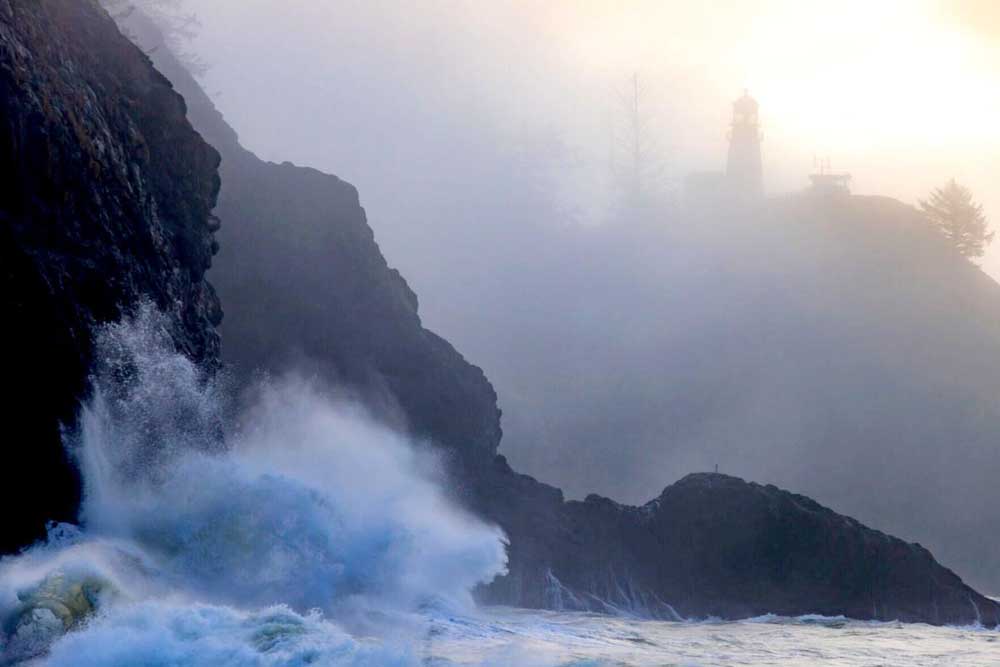More takeaways from recent tsunami event
Published 4:29 pm Monday, August 4, 2025
Have a plan — and practice it
Last week, an 8.8 magnitude earthquake off the coast of Russia produced a tsunami that spread across the Pacific Ocean and triggered a tsunami advisory on the West Coast.
For communities on Oregon’s North Coast and in Southwest Washington, it didn’t amount to much.
Trending
Emergency managers said they saw tsunami wave heights of about half a foot at most just before midnight on July 29 and the advisory was cancelled by the late morning on July 30. Still, they said, it was a reminder of the risks their communities face much closer to home from a Cascadia Subduction Zone earthquake and tsunami.
The Cascadia fault line lies 70 to 100 miles off the Pacific Coast and runs from Northern California to British Columbia. The last time it generated an earthquake was more than 300 years ago, with an estimated 9.0 magnitude quake that caused the coastline to drop several feet and formed a massive tsunami wave.
With the recent distant tsunami, “we were spared the brunt of the tsunami waves,” said Scott McDougall, director of the Pacific County Emergency Management Agency in Pacific County, Wash.
But there’s still a lesson to learn, he added.
“The first takeaway that we would want to have is that people need to know ahead of time what their plan is,” he said. Or at least: a rough plan.
In the case of a Cascadia Subduction Zone event, the earth would likely shake for several minutes.
Trending
“You’re going to feel it, you’re going to be aware of it,” McDougall said. “It’s going to be a significant event.”
In that case, there is no doubt that people need to evacuate and move to higher ground as quickly as possible.
But for a distant tsunami, “we’re going to have some time to make decisions,” McDougall said.
One complicating factor in both cases is how people move through a community, especially on the rural coast where there are few major roads leading in and out of an area. In Pacific County, two major roads lead on and off the Long Beach Peninsula, but at the height of the summer tourist season there might be thousands more people in residence.
“We don’t want to have a mass evacuation when one is not necessary,” McDougall said.
Pacific County has released new walking maps for the Long Beach Peninsula, Raymond and South Bend to show people the most efficient routes they can use to get to higher ground in the case of an earthquake or tsunami.
“Everybody should understand that every step inland you take and every step up you take increases your chances of survival,” McDougall said.
Pacific County recently received an update from the Washington State Emergency Management Division on the type of casualty numbers the Long Beach Peninsula might see if the largest Cascadia Subduction Zone earthquake struck in the middle of a summer night.
McDougall called the numbers humbling and frightening. If people delayed leaving the area, the state estimates that 70 percent of the people on the peninsula could be injured or killed. The numbers were much better if people left within 10 minutes of the event.
“I don’t want to create a situation where people feel like they can’t survive,” McDougall said. “They can survive. But people need to take the opportunity to plan for themselves and to have a plan and practice that plan before the disaster happens.”
The prospect of a major Cascadia event is frightening, he said, and preparing for such a big unknown might feel daunting. But he said practicing preparation — think: fire drills in schools — is “probably the biggest thing you could do to help take some of that intimidation factor off the plate.”






